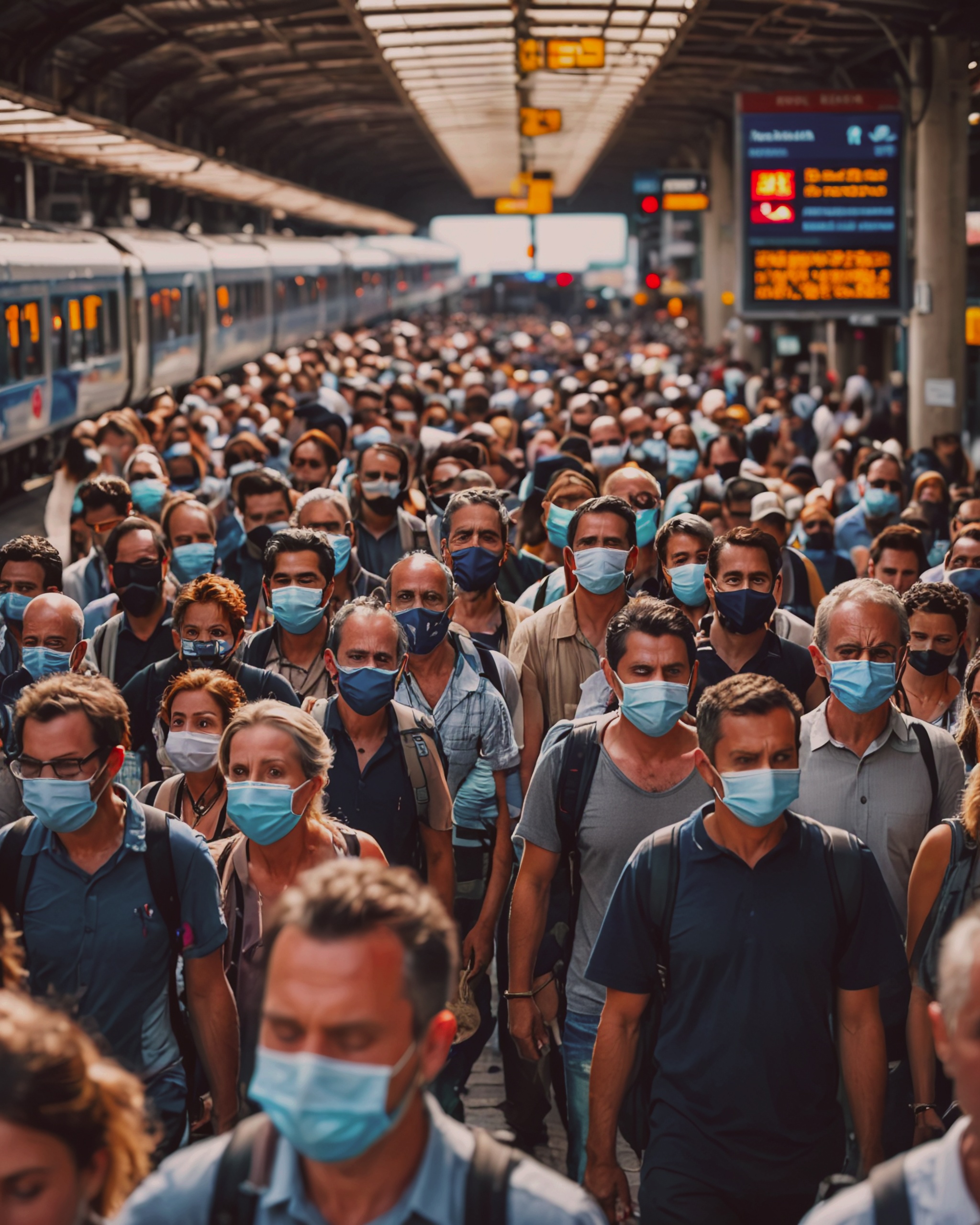
Dengue infection contaminations are on the ascent in America, as per the Places for Infectious Prevention and Counteraction (CDC). From January 1 to June 24, 2024, a higher number of more than 9.7 million dengue cases were accounted for in America, over two times the 4.6 million cases reported in 2023. Numerous nations announced uncommonly high dengue cases in 2024, the most elevated on record for any scheduled year.
Dengue is the most well-known mosquito-borne illness around the world. In the US, Florida has revealed the highest number of cases this year with 197, trailed by New York with 134, Massachusetts with 50, and California with 40. The CDC has recognized six U.S. domains and unreservedly connected states as regions with regular or persistent dengue transmission: Puerto Rico, American Samoa, the U.S. Virgin Islands, the United Provinces of Micronesia, the Republic of Marshall Islands, and the Republic of Palau.
One out of four dengue contaminations is indicative, with side effects including fever, queasiness, heaving, rash, muscle throbs, joint torment, bone agony, torment behind the eyes, cerebral pain, and low white platelet counts. Serious dengue, which can cause extreme death, shock, respiratory pain because of plasma spillage, or end-organ weakness, occurs in 1 out of 20 individuals with suggestive dengue. Babies younger than one, pregnant ladies, and grown-ups north of 65 have an expanded gamble of serious dengue. Dengue transmission commonly tops during the hotter and wetter months in tropical and subtropical districts.
Dengue fever, a mosquito-borne viral sickness, has been a developing worry in Hawaii because of irregular flare-ups as of late. Communicated by the Aedes aegypti and Aedes albopictus mosquitoes, dengue fever in Hawaii causes symptoms such as high fever, severe headache, joint and muscle pain, rash, and mild bleeding. While Hawaii’s heat and humidity give an ideal favorable place to these mosquitoes, general well-being authorities have been careful in observing and controlling mosquito populations to forestall far-reaching transmission. Endeavors include community training, mosquito control projects, and prompt identification and isolation of dengue cases to mitigate the impact of dengue fever in Hawaii on residents and visitors alike.
Dengue fever in Guyana has become a significant public health concern, with increasing cases reported in recent years. Both locals and travelers are at risk from this mosquito-borne viral disease transmitted by Aedes aegypti and Aedes albopictus mosquitoes. Common symptoms of dengue fever in Guyana include high fever, severe headache, joint and muscle pain, rash, and mild bleeding. Given Guyana’s tropical climate, the country provides an ideal environment for mosquito breeding. Public health efforts in Guyana are focused on community education, mosquito control initiatives, and rapid identification and isolation of dengue cases to prevent further outbreaks. Staying informed about dengue fever in Guyana is crucial for safeguarding public health and ensuring timely medical intervention.
There is as of now no particular prescription to treat dengue. Tainted people are encouraged to rest, take acetaminophen for torment and fever, remain hydrated, and see a specialist.


